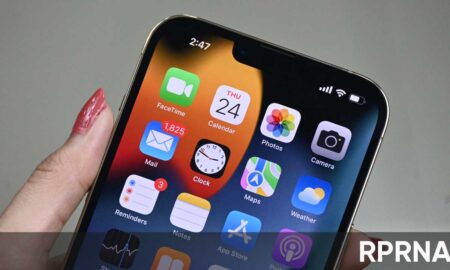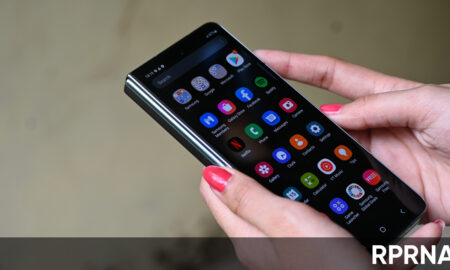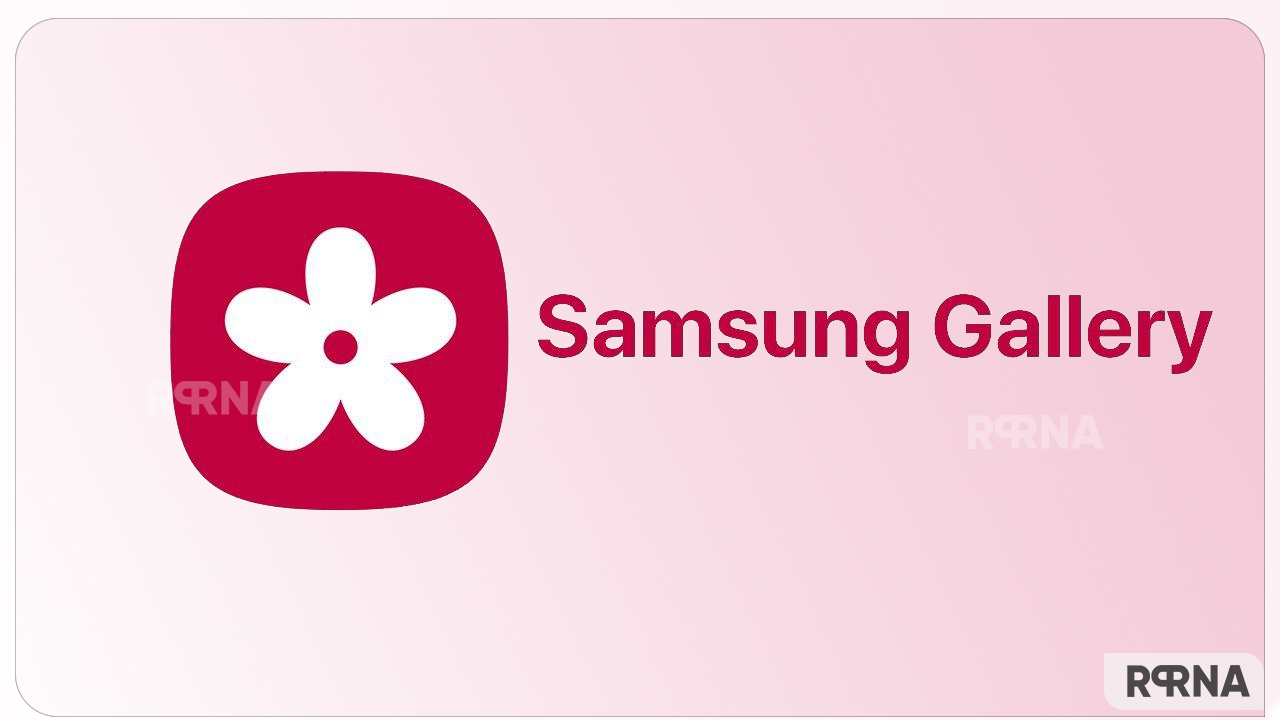Search results for "widget"
-

 326News
326NewsSlack streamlines iPhone experience with new widgets
Key Points: Slack introduces four new widgets for iPhone. Three widgets enhance Home Screen productivity. The Lock Screen widget offers quick access...
-

 306News
306NewsAndroid 15 Beta: Pixel battery widget gets a color boost
Key Points Android 15 Beta 4 brings a new look to the Pixel battery widget. Your phone’s battery percentage will now have...
-

 730Apps
730AppsGoogle appears to be removing Assistant branding from Glance widgets | Fitbit by Google renames as Google Fitbit
It appears that Google is removing the Assistant branding from the Glance widget. The Google app for Android (beta v15.11) has reportedly...
-

 630Apps
630AppsNext One UI Home update will address Samsung Home Up widget issue
Samsung has almost finished the rollout of its Android 14-based One UI 6.0 software and is now gearing up to expand the...
-

 1.2KApps
1.2KAppsA new update is available to download for the Samsung Gallery, Deco Pic, and Weather Widget apps
Samsung is releasing a new update for the following apps; Samsung Gallery, Deco Pic, and Weather Widget apps. The details are below....
-

 1.2KBugs
1.2KBugsSamsung One UI Home 15.1 update to fix home screen widget animation issue
After upgrading to the One UI 6.0 version, some Samsung Galaxy phone users are facing the home screen widget animation issue on...
-

 1.3KTechnology
1.3KTechnologySamsung’s Tech Talk: Galaxy S23 widget animation | Galaxy S22 One UI 6.0 Beta 4 coming | One UI 6.0 My Files app changes
In the world of Samsung, we are here with the top 3 news related to Samsung and its phones. Let’s go one...
-

 935Updates
935UpdatesNothing OS 2.5 Open Beta 2 rolling out, brings Glyph Interface, previews new widgets, and more
Nothing OS 2.5 Beta 2, based on Android 14, is now rolling out to beta testers. The latest Open Beta build brings...
-

 925Updates
925UpdatesNothing Phone (2) users getting a new Nothing OS 2.0.4 update with new Photo widget and more
Nothing is rolling out a new software update with notable improvements and new features for the Phone (2) users. The Nothing OS...
-

 429Updates
429UpdatesNothing Phone (1) getting 2.0.4 update with new gestures and Photo widget
Nothing Phone (1) has started collecting a new software update with the 2.0.4 version. Meanwhile, the respective phone holders have locked their...
